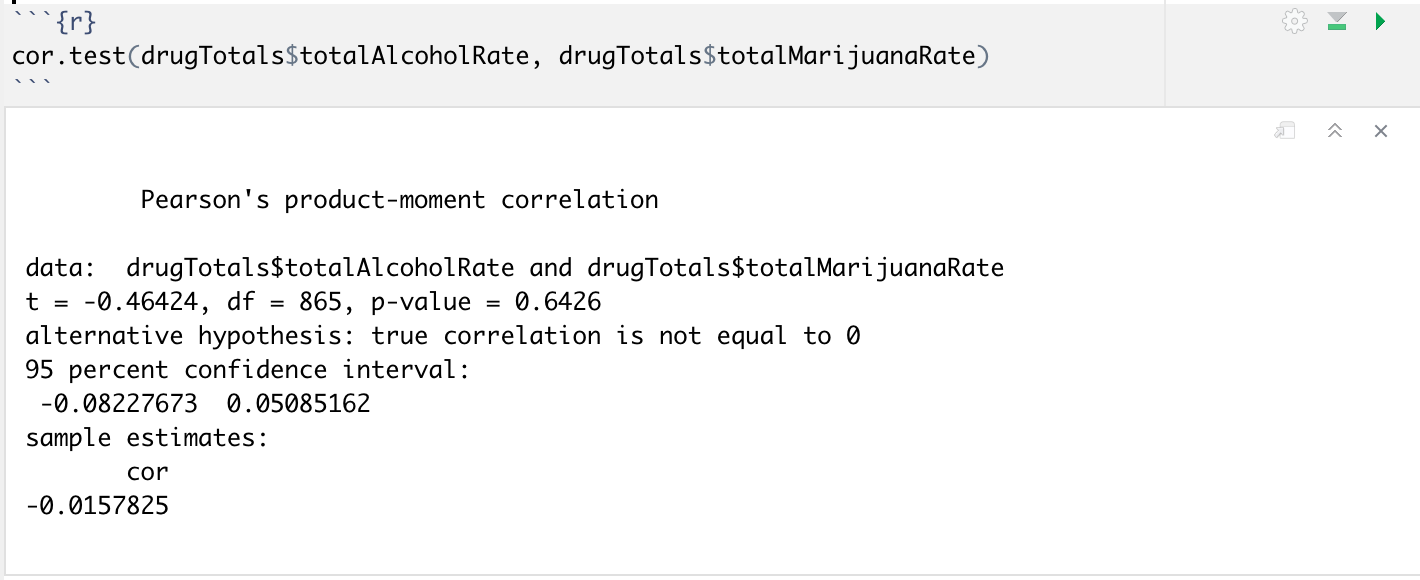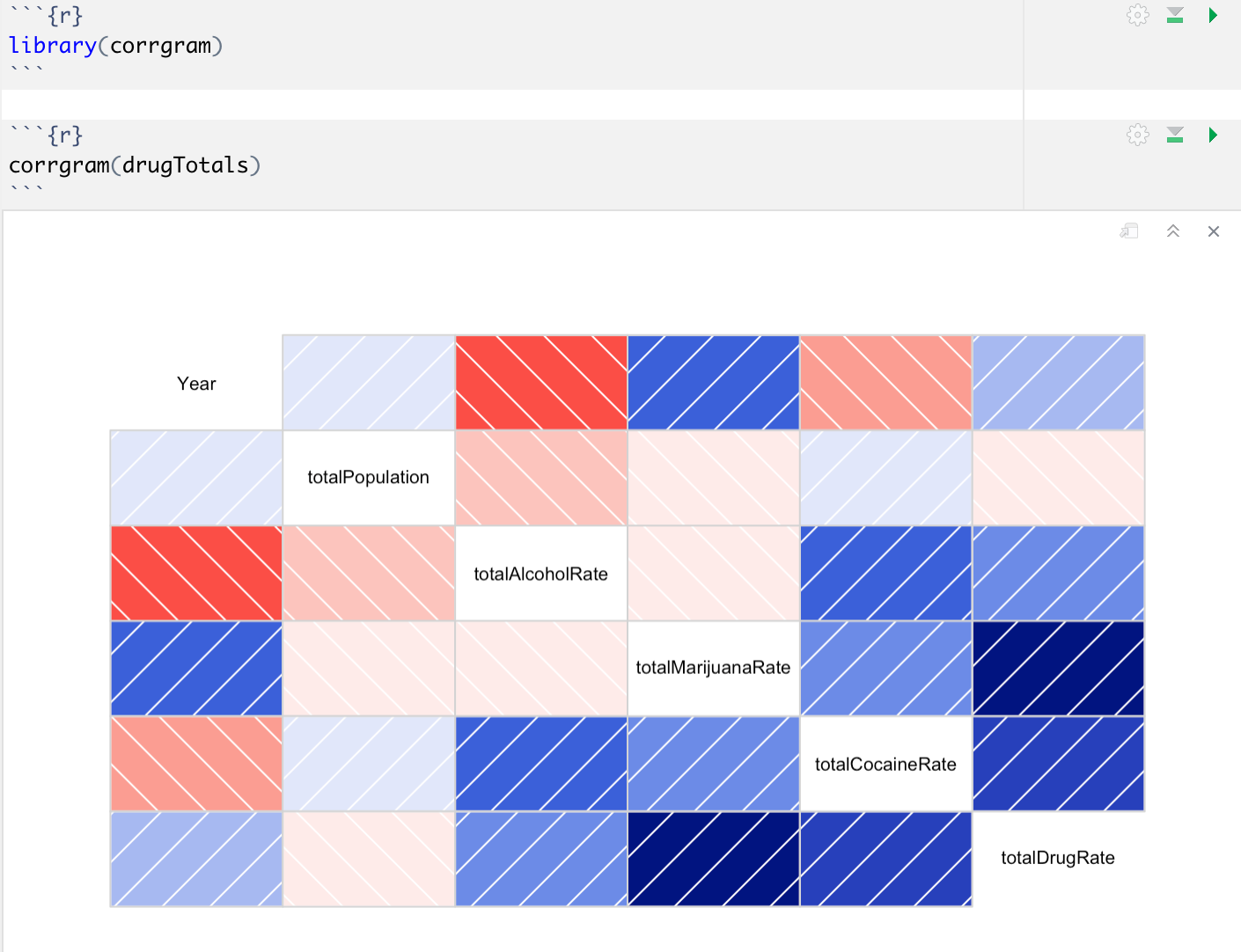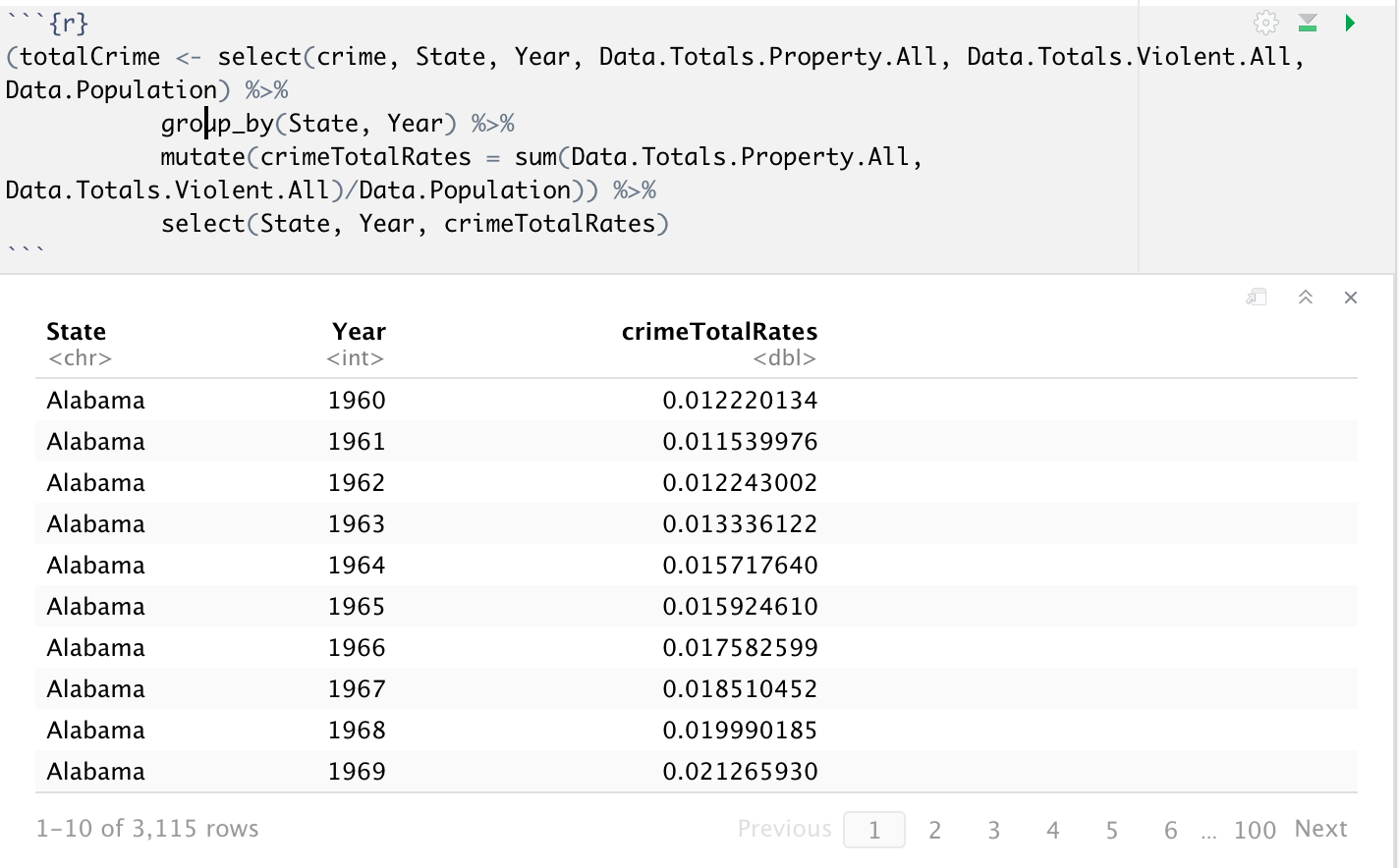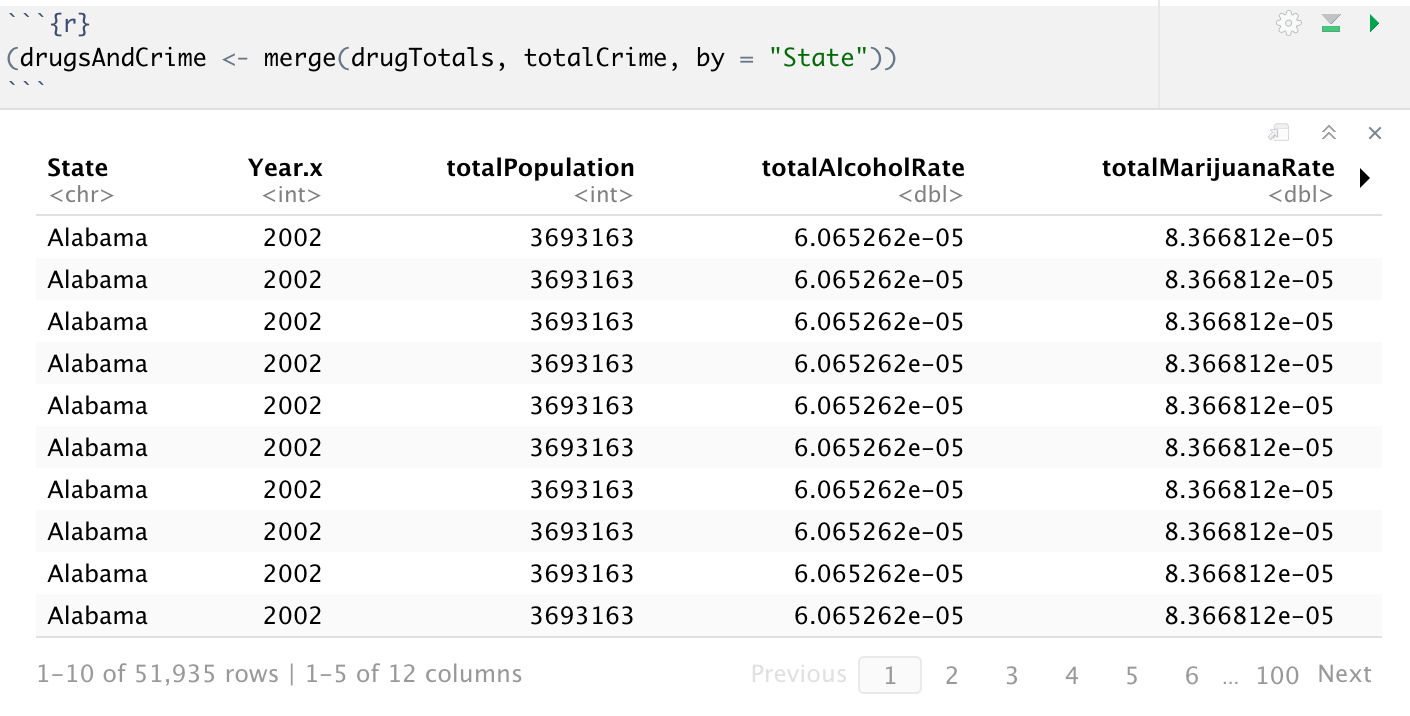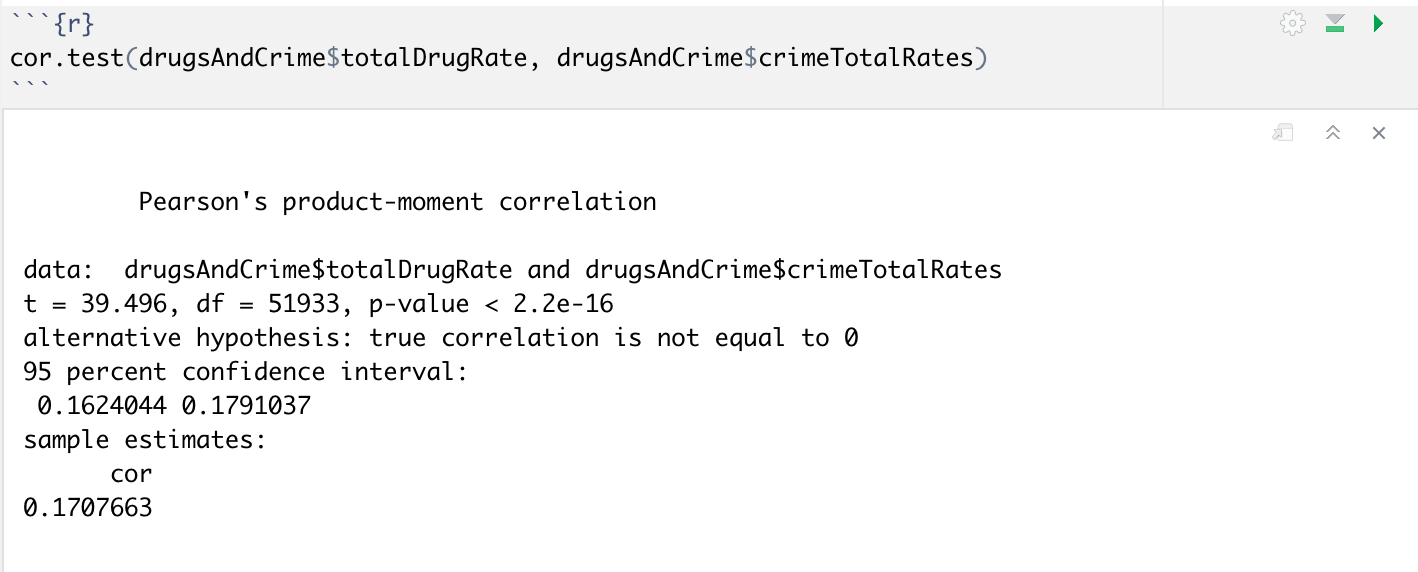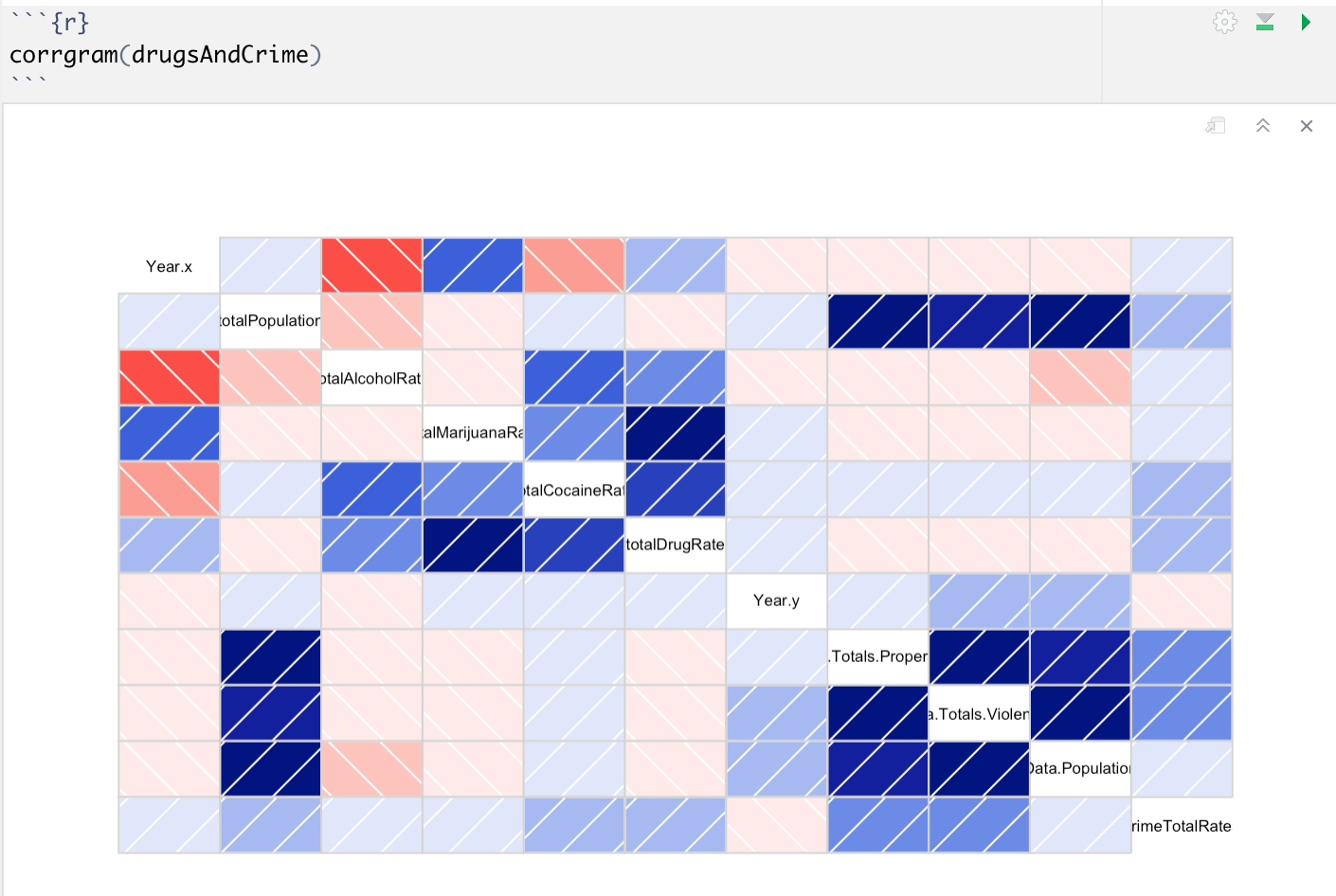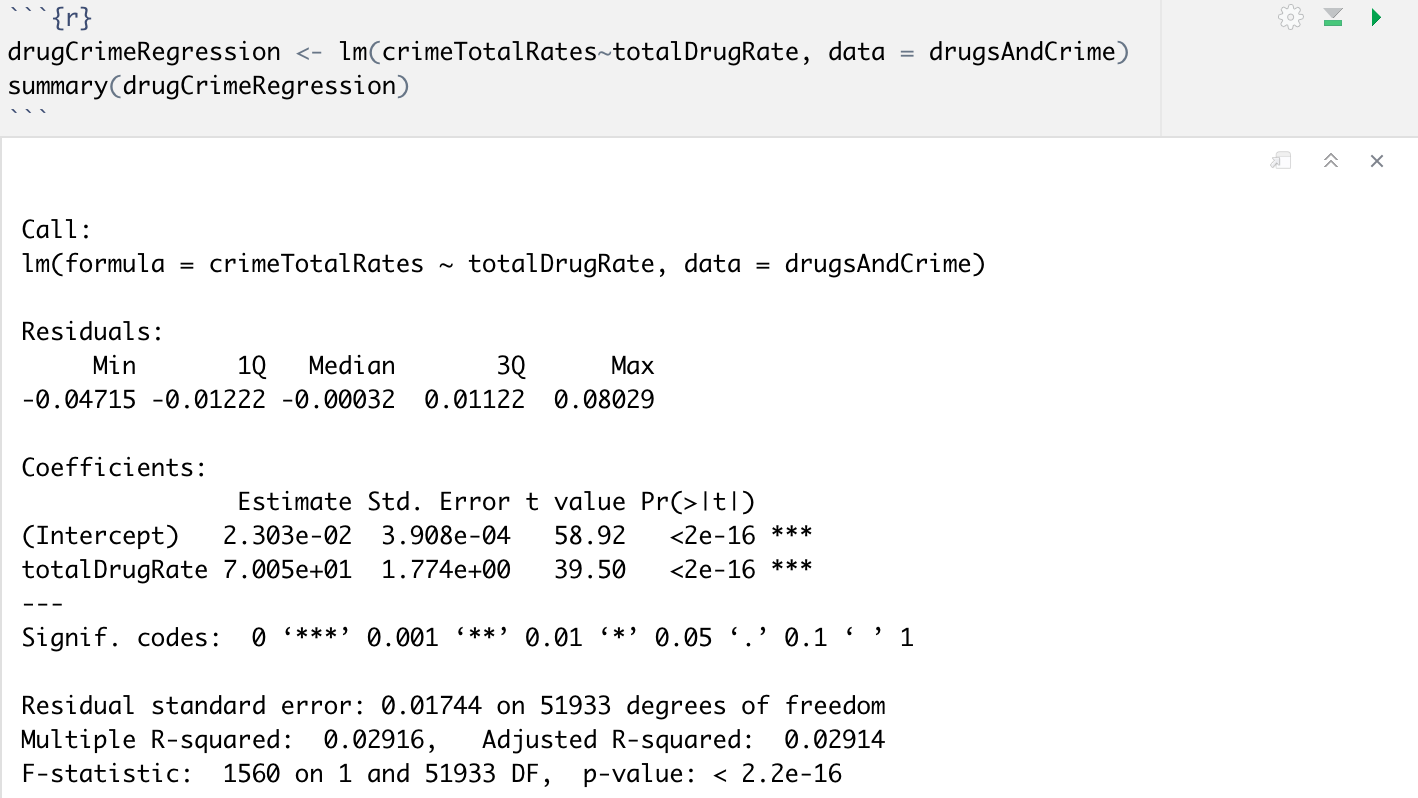The United States has a very complex history of dealing with illicit drugs. One could trace its roots of uncertainty back to the trade of opium between Great Britain and China in the 1800s (“A History”). The US in 1870 decided to legislate laws specifically against Chinese immigrants for opium, and then later for Mexican immigrants and Mexican Americans in the 1910s for marijuana. In 1971, former President of the United States Richard Nixon decided to prioritize reducing drug use by increasing penalties for illicit drug possession and increasing enforcement measures. In recent years, the effectiveness of this decision has been called into question, especially since opioid abuse was declared a public health emergency by the United States Department of Health and Human Services in 2017 (Assistant). Illicit drug use seems as though it will never stop (“Substance”), and some states have decided to make other decisions for their drug laws.
Many of the US population were shocked when Oregon decriminalized possession of all illicit drugs in the fall of 2020 (“Drug”). Possessing small quantities of illegal drugs in Oregon leads to a small fine instead of probation, in the name of recovery and treatment towards those addicted to drugs. Complaints arose across the country against this seemingly illogical and irrational decision. One of the concerns about this decriminalization against all drugs was the claim that drugs cause people to be violent, and thus in this study I would like to compare data across the states revolving around drug use and violence to see what drugs influence crime most, where drug use is most prevalent, and explore whether decriminalizing drugs was a good idea in Oregon.
The datasets I am deciding to explore and manipulate here are both from the CORGIs Dataset Project. The first is the State Crime dataset, from the Unified Crime Reporting Statistics under the FBI. This dataset has 21 variables and goes into detail about what crimes were reported, in each state. The second dataset is the Drugs dataset, from the National Survey on Drug Use and Health. This dataset has 53 variables and details usage of drugs between specific age groups. As there is not enough data made on Oregon's recent decisions, I must instead look at US history and see where patterns occur. I hope to compare both of these in a graphical manner and look for relationships between the graphs.
Throughout this project in no way do I intend to deal with the topic of drugs and overdoses lightly. I am not advocating for drug use nor am I ignoring drug side effects. Coming from a country where drugs were decriminalized, I was intrigued when Oregon decided to do the same thing. I wanted to see if there was a pattern between drug use and violence, to see if decriminalizing drugs would possibly increase crime rates or decrease them. Of course, the goal of these decriminalization is not to encourage use of illicit drugs, but they instead act as an extension of the good samaritan laws. The goal of the laws is to allow users to enter recovery without severe consequences, therefore enabling users to be helped.
This study was performed in RStudio and rates of usage and crime in this dataset were calculated by dividing total numbers by population
The first step was importing the right libraries and the correct datasets. While neither of these datasets are tidy, they are still usable and will serve our purposes. The first dataset represented drug use by state, age range, and year.
In order to better study our drugs dataset, I will add new columns which represent total usage of substances across all age groups. These drugs will include: alcohol, cocaine, and marijuana. Tobacco cannot be included as there are no yearly records, only monthly records.
We can then explore this dataset with a facet_wrap function, comparing the usage of alcohol across all states:
Correlations
First we'll see if there is any correlation between alcohol and marijuana use. We'll use the drugTotals dataset:
As we can see, the p-value is above 0.05 so this correlation is not valid. Even so, the correlation is estimated to be ~-0.016, meaning there is a very weak negative correlation between these two variables. However, we can continue to explore these variables by using corrgram:
There does seem to be a strong positive correlation between totalAlcoholRate and totalCocaineRate. We can see if it's significant:
This does seem to be a valid but weak relationship. We will now explore if there is a relationship between individual drug use and crime rates, but first we must create a new dataframe which we will call totalCrime which represents total crime rate for each state and each year:
Next we must merge totalCrime and drugTotals:
Now we can explore the relationship between drug use and total crime:
As we can see this correlation is not a coincidence, as the p-value is significantly below 0.05. This is a weak, positive, linear correlation. Now we will run a corrgram on all variables from the merged dataframe
We will also run a regression on total drug rates and total crime rates:
As we can see, this model is significant as well as the individual variables. The equation for this regression equation is: predicted crime = 2.303e-02 + 0.005e+01 * totalDrugRate
This data was all very interesting to explore. While we'd have to dig deeper to truly understand the relationship between drug use and crime rates, it seems that there is at least somewhat of a positive correlation between drug use and crime rates. Whether this correlation is causation or not is up for debate, but there is at least a link between these two variables.
Works Cited
Assistant Secretary of Public Affairs (ASPA). “What Is the U.S. Opioid Epidemic?” HHS.gov, Https://Plus.google.com/ HHS, www.hhs.gov/opioids/about-the-epidemic/index.html.
“Drug Decriminalization in Oregon, One Year Later: Thousands of Lives Not Ruined by Possession Arrests, $300 Million in Funding for Services.” Drug Policy Alliance, drugpolicy.org/press-release/2021/11/drug-decriminalization-oregon-one-year-later-thousands-lives-not-ruined.
“A History of the Drug War.” Drug Policy Alliance, drugpolicy.org/issues/brief-history-drug-war.
“Substance Use during the Pandemic.” Monitor on Psychology , American Psychological Association, www.apa.org/monitor/2021/03/substance-use-pandemic.


